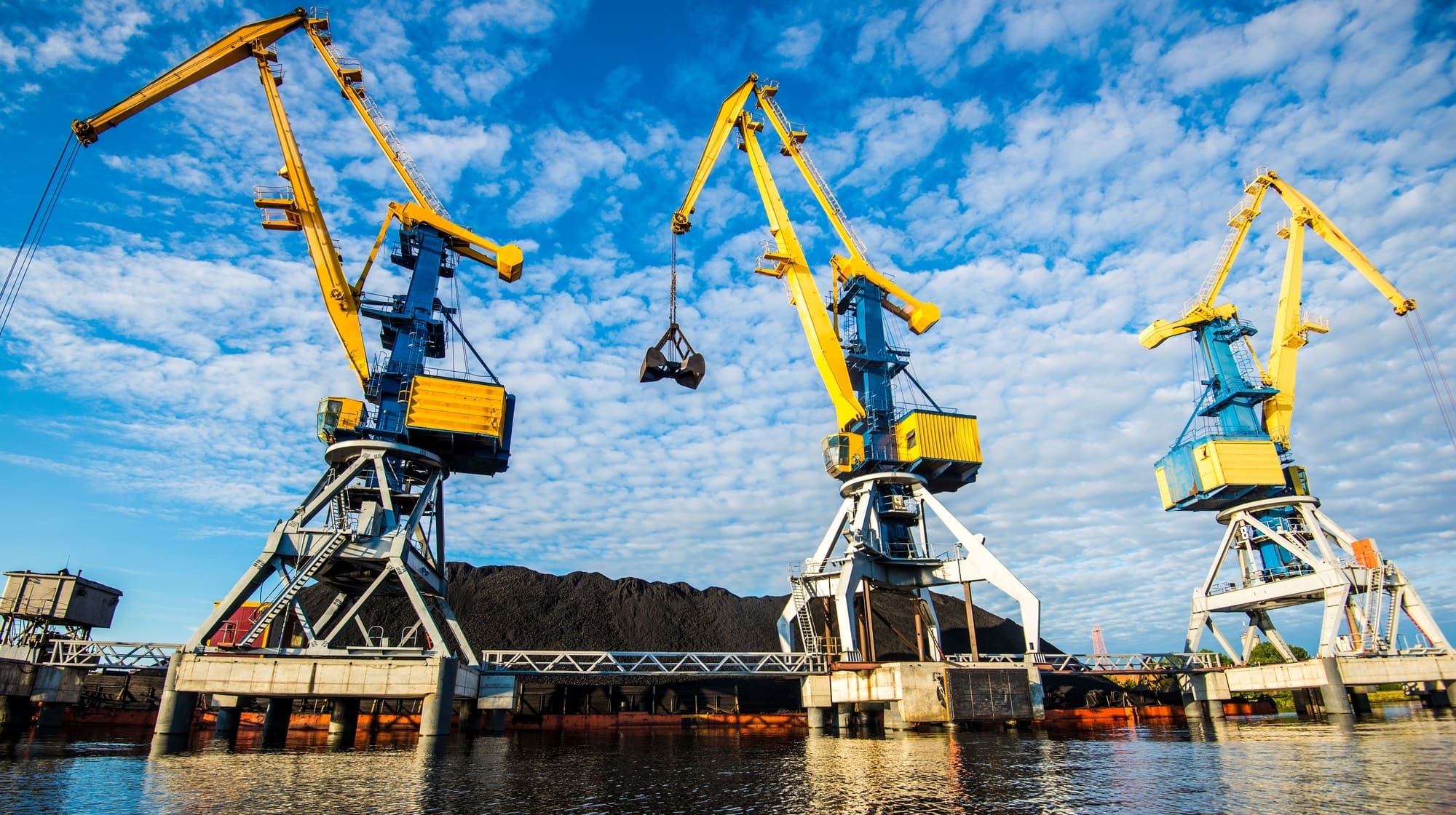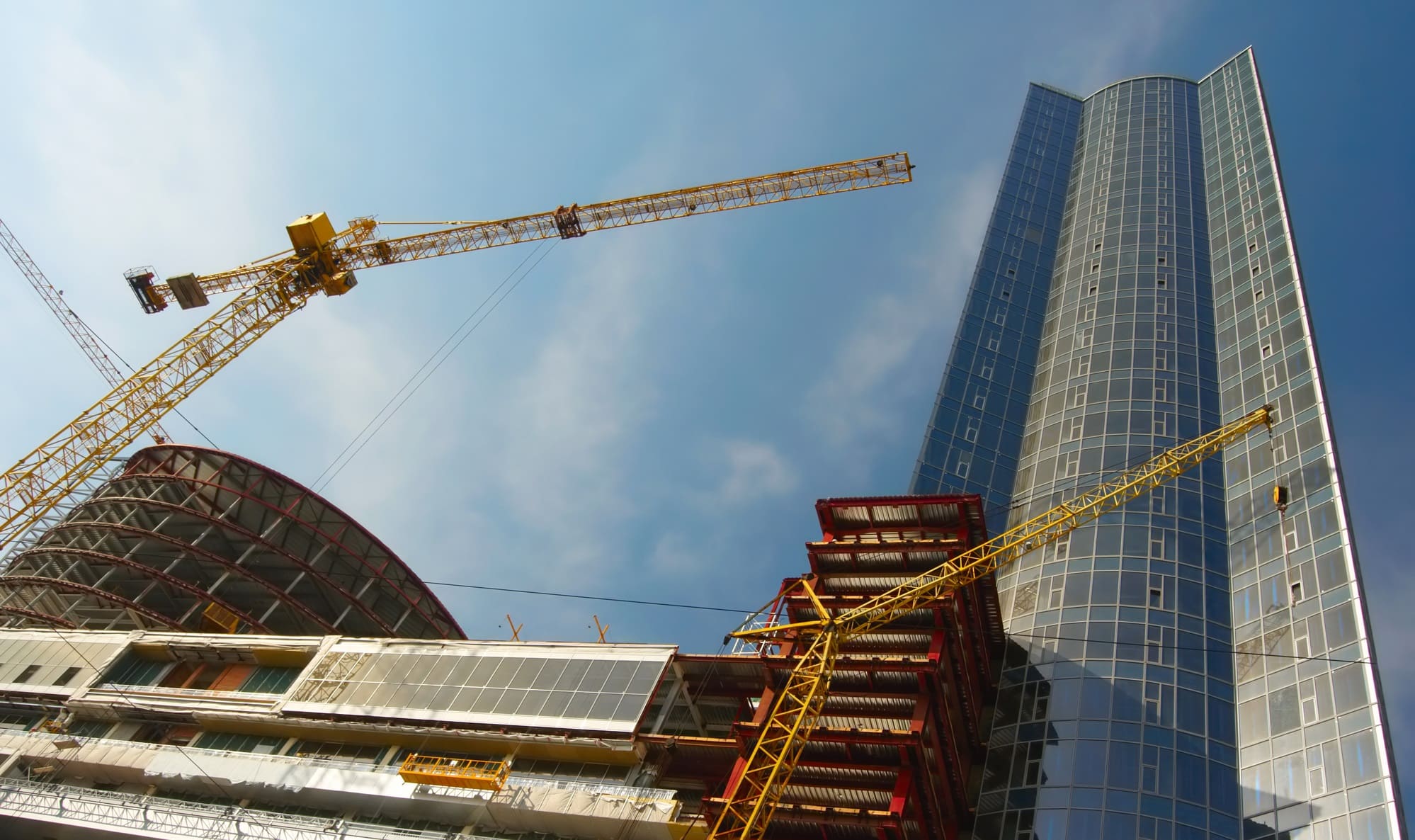However, last summer, University of Notre Dame Assistant Professor of Architecture Alessandro Pierattini made the startling statement that, apparently, cranes began their victory march across the world's construction sites much earlier, from 700BC to 650 BC.
Studying the ruins of the Greek Isthmia and Corinth, Pierattini found that, during construction, ancient builders used a specific combination of ropes and levers, a mechanism with which they were able to lift stone blocks. to lower them onto their exact place in the wall.
The scientist doles out the compliments: "The lift crane is one of the main technological inventions of ancient Greek civilisation. According to science, this mechanism was not used in any of the cultures before the Greeks, but after, for almost 25 centuries, the crane was the main technology in construction. Because it's perfect!"
For centuries, cranes were made of wood. With the Industrial Revolution, wooden mechanisms were replaced with metal for the manufacture of cranes: cast iron, iron, and finally steel.
How a crane is assembled?
The variety of shapes and sizes of modern cranes is directly related to their application. Huge tower mechanisms, with which modern builders erect futuristic skyscrapers, small cantilever cranes for operation in workshops, floating cranes, essential in the oil industry...
Let's dwell upon the first ones. The giant figures of tower cranes have become, it would seem, an obligatory attribute of every city. Their elongated bodies with boom-shaped arms resemble giant puppets that seem likely to collapse under the slightest breeze. Of course, this impression is wrong, because one of the stages of building a tower crane involves laying a solid foundation. But first things first. The life of every hoist begins with the steel for the manufacture of cranes: massive metal plates.
Some of them are up to 8 cm thick. They are loaded into a huge machine that systematically cuts the main components of the crane. It should be also noted that when creating cranes of all types, rolled sections are also used, such as angles, channels and beams.

The tower is made of four racks fixed with diagonal beams. The boom is equipped with a huge ballast in terms of its size and power, which allow the crane to remain stable. A massive screw or slewing ring helps the crane rotate around its axis. After these and other parts are manufactured, they need to be put together, which seems an insoluble problem due to the size of the future mechanism. But engineers came up with an elegant solution, the construction of buildings begins with the manufacture of cranes, which are erected in the immediate vicinity of the future structure.
First, the hoist's foundation is laid in the form of massive concrete slabs. Above it, a team of experts installs the first section of the tower, around which a cage called the "climber" is equipped. A cabin and a boom are installed above the cage, after which the climber is used. Using four massive hydraulic rams, it slowly lifts the cabin, creating a space between the top and bottom sections of the tower. Then the operator lifts another section of the tower, which is again placed under the climber. Then all the steps are repeated again, up to the very top of the tower crane.

Big Carl
The production of a tower crane can take months, as it was with the Sarens SGC-250, which is called Big Carl, the largest tower crane in the world, named after Carl Sarens, technical director of the Belgian company Sarens, which brought the ambitious project to life.
The lifting capacity of the Big Carl is amazing at 5,000 tonnes. To make it clearer, this is equivalent to two dozen airplanes or six dozen trains, over 120 lorries or just under 1,500 elephants. Even when the cargo is located a hundred metres from the mast of this giant, it can easily lift eight airplanes or 500 elephants. Huge power.
The research and design of the giant steel crane took a total of almost 50,000 man-hours. The construction itself began in August 2017. Two hundred and eighty lorries delivered the crane to the assembly site in the form of 400 modules. Big Karl was constructed by five smaller cranes. It lasted until the autumn of 2018.
As a result, the hoist was put into operation at the site of the Hinkley Point C (or HPC) nuclear power plant under construction in the UK. By the way, the size of the nuclear power plant is also record-breaking. It is the second largest nuclear power plant under construction in the world, the construction cost of which is estimated at £20 billion. Big Karl will move along high-quality steel rails and a 6-km-long railway was laid right at the construction site. The giant will have to move the heaviest HPC structures — there are about six hundred of them, including the domes and steel protection hoods of the reactors.
These plans can only be realised due to the SGC-250's unprecedented lifting height of up to 250 metres, which is provided by the main and secondary booms. High-strength steel was obviously used for the crane booms.
By comparison, one of the tallest buildings in London, One Canada Square, the famous 50-storey stainless-steel skyscraper topped with a pyramid, is 235 metres high.
The crane hook is attached to thick steel ropes over 2 km long. They already withstand an enormous load. Big Carl began his first lifts this spring.
Other cranes will handle some smaller parts and 52 cranes are involved in the construction.
Steel midget
And if Big Carl impresses with its hugeness, then the UNIC URW 094 of the Japanese Furukawa UNIC Corp., which specialises in crane production, seems just a toy and is recognised as the smallest crane in the world.
Compact, up to 60 cm wide, and relatively light (1 tonne), this Japanese spider crane can lift cargo equal nearly to its own weight. However, the UNIC steel boom is not long, just one and a half metres. But the baby can extend it by more than 5 metres and rotate 360 degrees.
The UNIC URW094 is designed in such a way that the operator can adjust each of the spider "legs" independently. Thus, it becomes possible to install the crane on any, even the most uneven surface. Steps, natural landscape, various loads or tools, it doesn't matter. The manufacturer guarantees that the steel "baby" will be uniformly stable. At the same time, the Japanese company states that even a quite large wind force, up to 10 m/s, is not an obstacle to trouble-free operation of the crane. It doesn't tip over.
Of course, the dimensions of the UNIC URW 094 dictate its application. It can be manipulated on small "construction sites" — for example, home workshops, roofs, balconies or basements. The mechanism is also capable of participating in various kinds of rescue operations, moving loads where its larger brothers cannot fit.
Indeed, they are perfect, says Assistant Professor of Architecture Alessandro Pierattini. It is they, previously wooden and later steel assistants to architects, who have been ensuring the rapid development of housing and capital construction for more than three dozen centuries already.
